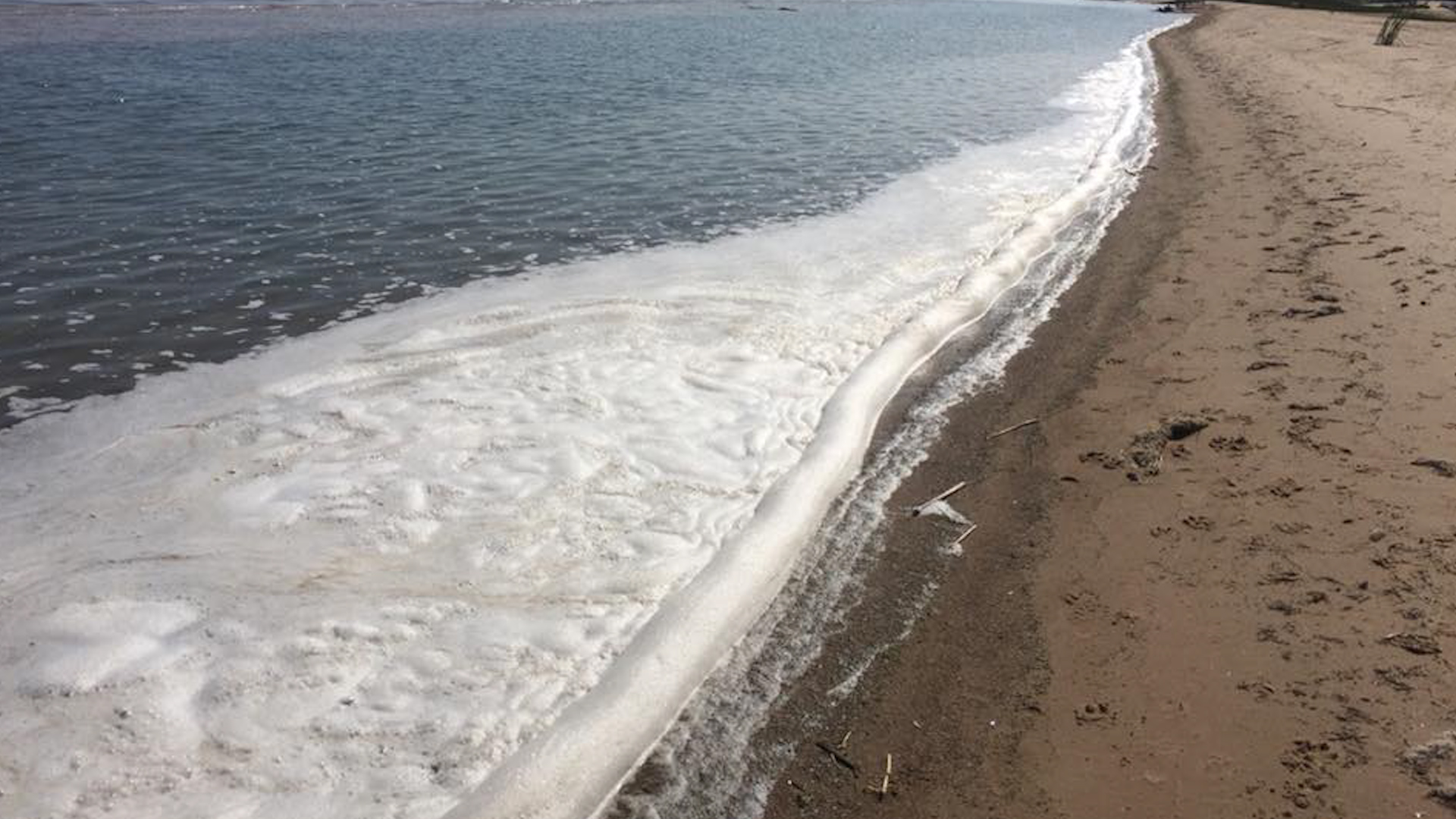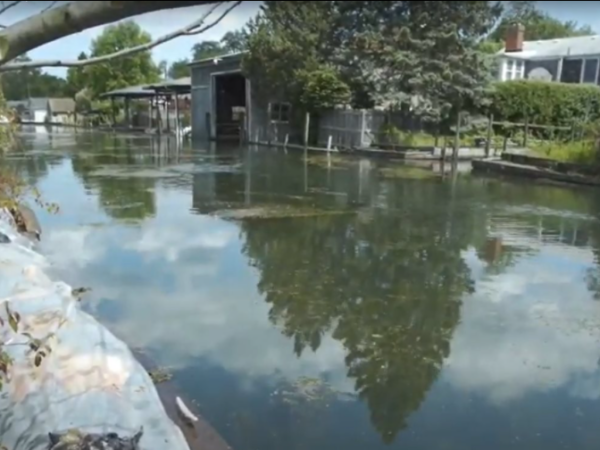
By Kelly House, Bridge Michigan
The Great Lakes News Collaborative includes Bridge Michigan; Circle of Blue; Great Lakes Now at Detroit PBS; Michigan Public, Michigan’s NPR News Leader; and who work together to bring audiences news and information about the impact of climate change, pollution, and aging infrastructure on the Great Lakes and drinking water. This independent journalism is supported by the Charles Stewart Mott Foundation. Find all the work HERE.
- For three years, Michigan health officials have warned against eating too many Lake Superior smelt, due to PFAS contamination
- It turns out, though, that PFAS levels are lower than previously thought
- State officials say earlier tests were amiss because of bile found in smelt, but haven’t yet altered advisories
Three years after Michigan warned against eating too much smelt from Lake Superior, scientists on Friday acknowledged the fish contain far less harmful PFAS than previously feared.
That could prompt changes in consumption recommendations about not just smelt, but other species including rock bass and sunfish also flagged for sky-high PFAS levels in waterways such as the Rouge River and Lake Cadillac.
State officials said the change comes after they discovered that liver bile found in the fish had interfered with lab tests, leading to inaccurately high readings of the so-called “forever chemicals” in fish tissue.
They suspected something was amiss because there were no “good, logical, environmental reasons for why the smelt should be showing these high levels.” said Abigail Hendershott, executive director of the Michigan PFAS Action Response Team within the Michigan Department of Environment, Great Lakes and Energy,
For now, the state is not changing its advice for anglers to limit meals of Lake Superior smelt to one serving per month (similar advice applies to smelt from lakes Huron and Michigan).
But Lynn Sutfin, a spokesperson for the Michigan Department of Health and Human Services, said changes could follow in a few months, as the state updates its annual Eat Safe Fish Guides, which advise anglers about how to avoid harm from chemical contaminants in fish.
After state scientists learned that fish bile was interfering with testing, they re-tested more than 180 tissue samples with different equipment.
PFAS levels were dramatically lower: Fish tissue that earlier had shown levels above 100 parts-per-billion was now in the single digits or teens.
Hendershott called it a “major finding.” The state has shared its discovery with scientists in other states, tribes and academia, she said.
Beyond Lake Superior, the old testing method had prompted smelt consumption advisories in lakes Michigan and Huron, as well as several inland lakes. And it was used to test other fish species throughout the state, in some cases finding PFAS levels so high that health officials advise against eating any fish at all.
Research has linked PFAS exposure to developmental problems, hormonal and immunity problems, fertility issues, cancer and other human illnesses.
News of the lower contamination levels is well-timed for the spring smelt run, during which anglers catch the silvery fish in nets as they swim into Great Lakes tributaries to spawn.
But at the same time that scientists are celebrating the lower PFAS levels, they’re also cautioning anglers that even small amounts of PFAS can harm humans.
“It is good news,” Hendershott said, “But we also want to temper expectations for the amount of fish that can be eaten…very small amounts are still toxic.”
Michigan officials start advising people to limit consumption of fish when concentrations of the PFAS compound known as PFOS, or Perfluorooctane sulfonic acid, reach 9 parts-per-billion. But the state is conducting a review to determine whether that threshold should be lowered.
Tom Pink, a hunter and angler who lives in Sault Ste. Marie, said Friday’s announcement helps clear up a mystery about the Lake Superior smelt.
But as for how the news might affect anglers? Pink said many of them probably weren’t concerned about PFAS to begin with.
“I really haven’t heard a lot of people express alarm,” Pink said.
That may be due to the limited nature of modern smelt runs, which have dwindled since the days when anglers could net garbage bags full of fish. These days, most anglers rarely catch enough to exceed the one-meal-a-month guidance, Pink surmised.
Friday’s news underscores just how much researchers still have to learn about how PFAS affects Michigan’s fish and wildlife.
PFAS is just one among many chemical threats to Michigan’s fish, joining a long list that includes legacy chemicals like mercury to PCBs. For detailed information about the fish in your watershed, visit the Eat Safe Fish program website.
Catch more news at Great Lakes Now:
Sault tribe challenges Michigan fishing deal, chides ‘preposterous’ rules
Feds award $1.5 billion for Palisades nuclear plant restart
Featured image: PFAS foam on a beach near the decommissioned Wurtsmith Air Force Base in Iosco County, Mich. (Great Lakes Now Episode 1025)




